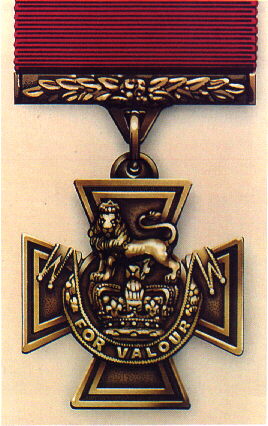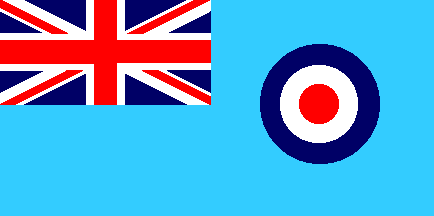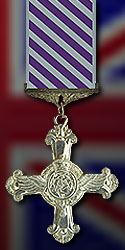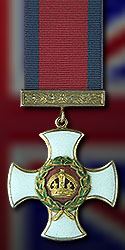|
|
|
 |
 |
Royal Air Force |
|
 |


Group..Captain

Johnnie Johnson
Distinguished
Flying Cross ![]() Distinguished Service Order
Distinguished Service Order
Johnnie Johnson , Group Captain
(Gr.Britain) ![]() Johnson Photo's
Johnson Photo's ![]()
James Eggar
Johnson, universally known as 'Johnnie' Johnson began his combat
experience at the tail-end of the Battle of Britain. It was then
Autumn 1940 which, on timing, was entirely fitting, for that was
the end of the beginning and Johnnie belongs to the next phase of
the air war. He was on active 'ops' on the second or third day
preceding the order of 4 May, 1945, flying missions over enemy-occupied
territory. He was then a highly decorated Group Captain and the
leading fighter ace in the European theatre. He and his
distinguished Wing Leader of 125 Wing, 2nd Tactical Air Force,
George Keefer, were setting the example, with George leading the
wing operations and Johnnie in the van for the Berlin missions.
Neither had given the slightest thought to playing it safe in
those final days when only remnants of the Luftwaffe were still
active. But there was the fighter-bomber and ground-straffing
work to do, a most vicious and deadly form of combat which had
become the lot of 2nd TAF, forged as the cutting edge of the
armies which made the Wehrmacht 'kaput'. Johnnie flew nearly 700
missions in combat from autumn 1940 until the cease-fire on 4 May,
with one short period of rest. Few other Allied pilots could
match that span and particularly without let-up at the very end.
He flew Spitfires exclusively in combat. This is the greatness of
Johnnie Johnson as he became the Wing Leader exemplar. He was to
symbolise, until the war's end, the endeavours of the British and
Commonwealth air forces in Europe which, with those of the US
Army Air Force and the Allies, were to achieve air superiority
and bring telling by-products in their train. The paralysing of
enemy armour and troop movements in the breakout from Normandy...
The cutting of the bridges across the Seine and the Loire and,
literally, destroying the Seventh [German] Army at Falaise. It
was the fighter-bomber - not the four-engine heavies of Bomber
Command - that swept ahead of our ground forces from Normandy to
the Elbe, savagely mauling the enemy in its rout. I feel it is
only right also to name Don Blakeslee of the US Army Air Force's
4th Fighter Group whose exceptional leadership with the P-51D
Mustangs paralleled in the West that of his British counterpart.
But Don's leadership, after his two years' flying under the
control of the Royal Air Force, extended from 1943 until the end
of the war, whereas Johnnie's had begun in the previous two years
with his command of a flight in 616 Squadron in 1941 and his
leadership of 610 a year later. There was still a lot of war left
in Johnnie after the armistice. Like Blakeslee, he flew jets with
the US Air Force over Korea and he was the only outsider to be
briefed by the Israelis when they flew an 86 to 0 contest over
the Syrians, during the fighting in the Bekaa Valley in 1982,
being privileged to be shown the video and cin~ film of their
victories.
Johnnie must have sprung from that 'seat of Mars'. He is a true
warrior.
THE FIGHTER PILOT
Say what you will about him; arrogant, cocky, boisterous and a
funloving fool to boot. He has earned his place in the sun.
Across the span of fifty years he has given this country some of
its proudest moments and most cherished military traditions. But
fame is short-lived and little the world remembers...
That fits most fighter pilots and, generally, we were a light-hearted
bunch. They had little use for King's Rules and Regulations,
which they reasoned were OK for the Army and Navy but marginally
restrictive for fighter pilots. Johnnie had his own brand of
leadership. This included strict discipline in the air but
avoided on the ground the more rigid authoritarianism
which seemed to characterise the other British services. Johnnie's
form of leadership could be encompassed with the only one command
worth making - 'Follow me'.
Johnnie was the
top scoring Allied fighter ace in the European theater. His
titles were: AirVice-Marshal J. E. "Johnnie" Johnson CB,
CBE, DSO, DFC, Legion d'Honneur, Legion of Merit, DFC (USA), Air
Medal, Order of Leopold, Croix de Guerre, DL.